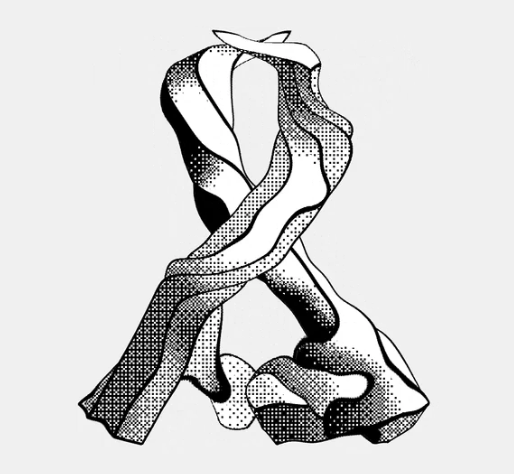

412·
8 days agoNice try FBI


Nice try FBI


A couple of ideas:
Holography is often used to record information from the real world, and in that process it’s impossible to record the light’s phase during the encode step. Physicist’s call it “the phase problem” and there are all kinds of fancy tricks to try to get around it when decoding holograms in the computer. If you’re simulating everything from scratch then you have the luxury of recording the phase as well as the amplitude - and this should make decoding much easier as a result!


I much preferred their old CLI app over the GUI. Hoping they bring it back.
I have an Anbernic RG353M & it sounds like it fits your needs. Emulates up to PSP. Moddable: I run ArkOS which is Debian-based - so I can SSH in,
apt installprograms, run custom bash scripts I wrote, etc. I also ported a desktop game to run on it. So moddability points are high! Also dual-boots into Android, so Android games are available if that’s your thing. It comes with the Android dual-boot right out of the box!Downsides:
Overall, it’s got those hardware quirks above but I still like it and I don’t regret it for the price (something like ~$100 a couple of years ago I think). Battery life is very good, even for graphics intensive games. It can go many hours without needing a charge, and generally it has better stamina than I do!